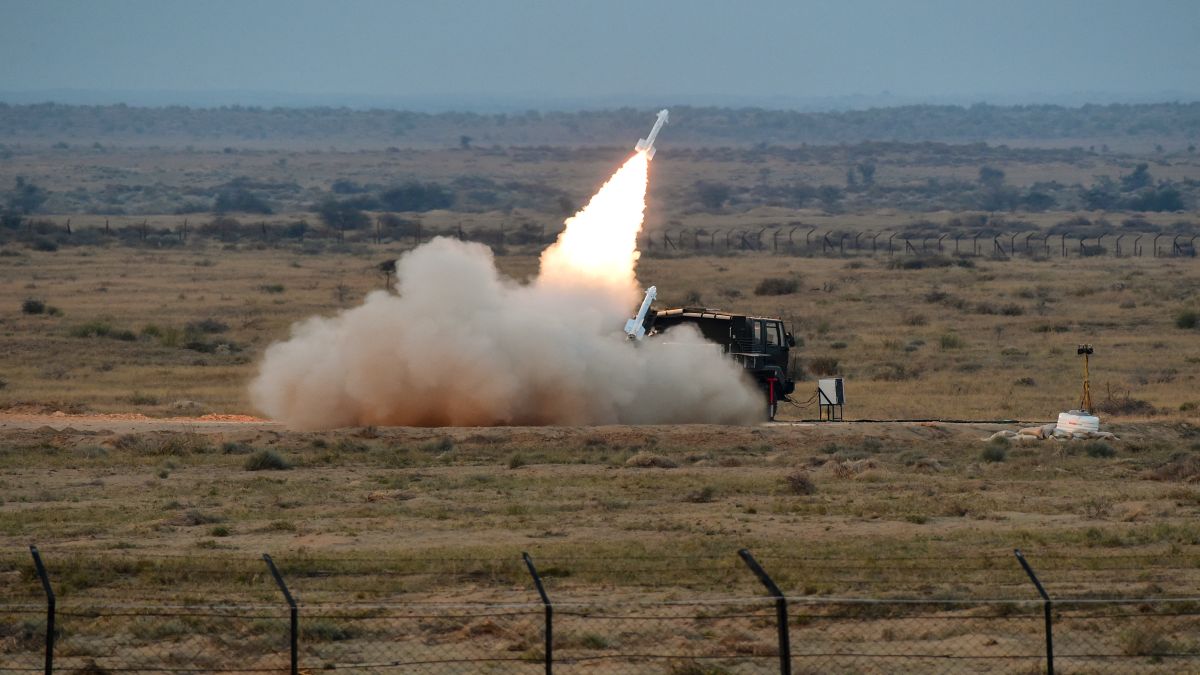India’s defence budget is projected to grow significantly over the next two decades. According to a recently released report by the Confederation of Indian Industry (CII) and KPMG India, the budget could rise nearly fivefold to Rs 31.7 trillion (lakh crore) by 2047, up from Rs 6.81 trillion in 2025-26.
India aims to enhance self-reliance in defence production by 2032, become a top-five global exporter by 2038, and lead in cutting-edge defence technologies by 2045. However, challenges remain, including budgetary constraints, regulatory hurdles, dependence on imports for critical technologies, and a shortage of skilled manpower.
The vision for India’s defence industrial sector in a developed India by 2047 is ambitious, aiming for self-reliance, becoming a major exporter, and achieving global leadership in critical niche technologies. It has been outlined in the CII-KPMG India report, titled “Atmanirbhar, Agrani, and Atulya Bharat 2047”.
The percentage of India’s total GDP spent on defence is also expected to increase significantly. The report projects that the percentage of total GDP spent on defence will rise from 2 per cent to 4-5 per cent by 2047. This indicates a greater emphasis on defence expenditure relative to the overall size of the economy.
Beyond the overall budget, the vision for 2047 includes projections for other key areas of the defence sector:
Defence production is anticipated to experience substantial growth, reaching Rs 8.8 lakh crores by 2047, a notable increase from Rs1.6 lakh crores in 2024-25.
Impact Shorts
More ShortsThe document also mentions aspirations to achieve Rs 3 lakh crore in defence production by 2029.
Defence exports are projected to see a dramatic rise, reaching Rs 2.8 lakh crores in 2047. This is a significant leap from Rs 30,000 crores in 2024-25, reflecting the ambition to become a major exporter.
The capital expenditure of the budget is expected to increase from 27 per cent to 40 per cent by 2047. This suggests a greater focus on investments in modernising the armed forces and developing indigenous military technologies.
Total R&D spend is projected to increase from 4 per cent to 8-10 per cent by 2047. This aligns with the strategic vector of achieving global leadership in critical niche technologies and the need for increased investment in defence R&D.
The document notes that leading nations spend 10-15 per cent of their defence expenditures on R&D.
These projected milestones are linked to the achievement of key strategic vectors outlined in the vision. These are like conditions to be met for achieving the 2047 goals:
Achieve enhanced self-reliance in defence capabilities by 2032: This involves reducing dependence on foreign suppliers and fostering indigenous development through R&D and manufacturing.
Become a major exporter by 2038: The aim is to be among the top five global exporters of defence equipment and technology through expanding international partnerships and promoting Indian products.
Achieve global leadership in critical niche technologies by 2045: This focuses on pioneering advancements in cutting-edge technologies like AI, quantum computing, and cyber defence through collaboration and substantial R&D investments.
Achieving this transformative vision requires collaborative efforts from various stakeholders, including government bodies, the armed forces, academic institutions, industry leaders, and global partners. The document emphasises the need to address critical gaps in areas such as R&D, talent development, production capabilities, regulatory frameworks, partnerships, and infrastructure development to realise these goals. The projected defence budget and related milestones for 2047 reflect a strong commitment to transforming India’s defence sector into a self-reliant, globally competitive powerhouse.
)